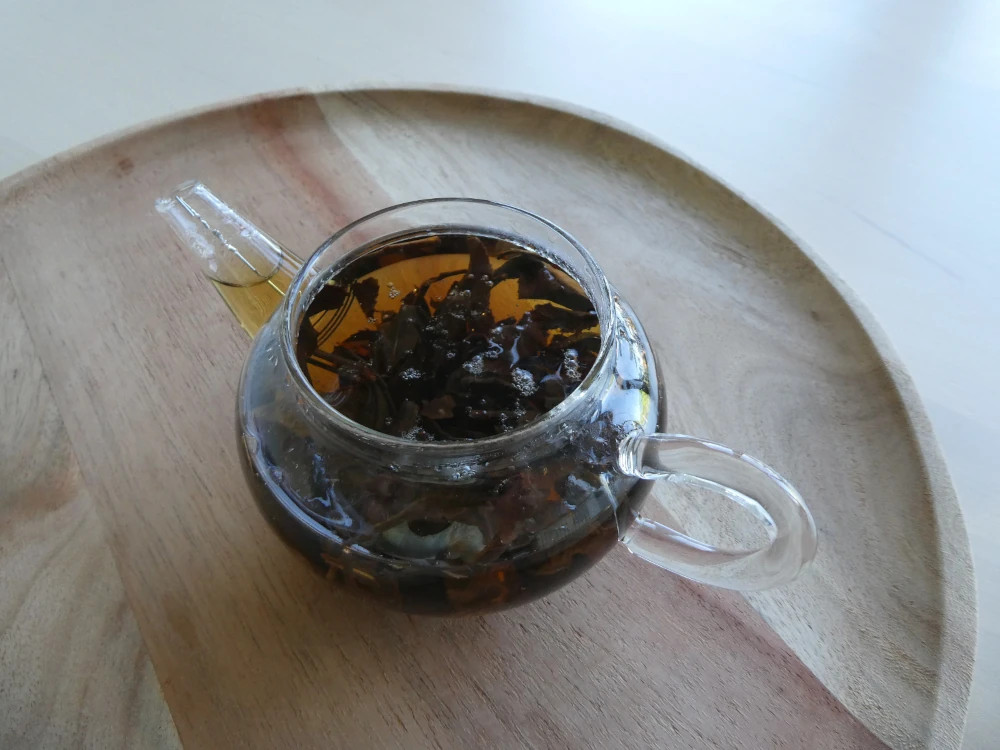Aged tea I. The evolution of taste over time

お茶の熟成:時が育てるお茶の味
In the most parts of Japan, May marks the first harvest season of Japanese tea of the year. During this month, the shelves of all tea shops are filled with the new teas (新茶 sincha), celebrating the beginning of this new season.
If there is a new tea, there is also an old tea. Have you wonder what makes the difference between the new and old harvests of Japanese tea?
Like wine and whiskey, Japanese tea is a drink that evolves its flavors over time. At the favorable conditions, Japanese tea can be aged to create richer, deeper flavors. In the current Japan, the taste of new teas are much more appreciated. However, the tradition of aging Japanese tea is still remaining in matcha (抹茶) in the Way of Tea (茶道 sado: the traditional arts of Japanese tea ceremony).
Matcha is a special variant of Japanese green tea, and this is made by milling specially cultivated and processed tea leaves called "tencha (碾茶)". Traditionally, the newly made tencha is first stored in a special sealed bottles called "chatsubo (茶壷)" to rest and age for a few months. During the process of aging, these tea storage bottles are carefully sealed and placed at the cooler place to avoid the degradation of tea leaves by oxigen, humidity and high temperature. Before the time of controlled storage technologies, the teas were typically stored in the cold caves in the high mountains. Every November on the day of "Ritto (立冬, meaning the beginning of winter)" is the first day of opening the seal of this tea storage bottle, milling the tencha, and making the first cup of matcha.
Because of the nature of tea aging as a set of complex oxydization processes, there are certain criteria for what teas can be aged. In another word, not all Japanese teas can be aged properly. We will talk about this conditions later in the next blog of this series. By proper aging, the tastes of tea become deeper and rounder, meaning that the flavors are more balanced compared to non-aged equivalents.
For example, Japanese sencha (煎茶, steemed green tea) has characteristic green aroma with sometimes even harsh astringency when newly produced. However, after aging, the greenness and astringency are no longer standing out and instead more complex, richer flavors linger on the tongue. Another example is Japanese black tea called wakocha (和紅茶). Newly made wakocha often shows characteristic flowerly aroma, and this changes to rich aroma of sweet fruits when aged.
Once harvested, all Japanese tea become older day by day. This is normal for everything in nature. But the aging of Japanese tea tells us that being older is not a bad thing but it can open up a new possibility.
For our Japanese tea collections, we have selected special teas which evolves their flavors over time. Some of them changes its flavors dramatically, and the other deepens its original flavors. All changes are unique taste experiences.
Enjoy the taste of time ;)
